Varaha Murti
Bhu Varaha Murti / Shakti Varaha Murti Carved On Golden Sudarshan Shaligram
₹ 0.00
Out of stock
CompareDescription
Product Name : Varaha Murti / Bhu Varaha / Shakti Varaha Carved On Sudarshan Salagram
Weight : 285 gm
Dimension : 4 inches (height) * 2.50 inches (width) * 1.50 inches (Base)
Design : Lord Varaha Carved out On Natural Golden Sudarshan Shaligram Of Gandaki River Nepal.
In this idol rare left facing Lord Varaha Holding Bhudevi (Varahi), Bhudevi is often shown as a small figure in the icon. She may be seated on or dangling from one of Varaha’s tusks . Lord Varaha having four Arms holding : Gada (Mace) , Shankh (Conch) , Lotus and Sudarshan Chakra (Discus) . On the below of the left leg Nagas (snake gods) or their consorts Naginis (snake goddesses), residents of the underworld, may be depicted as swimming in the ocean with hands folded as a mark of devotion . And Varaha Standing on Tortoise below his right Leg , denoting the cosmic waters .
Description :
Varaha (Sanskrit:”Boar”) is the avatar of the Hindu god Vishnu in form of a boar, succeeding Kurma and preceding Narasimha. Varaha is listed as third in the Dashavatara, the ten principal avatars of Vishnu. When the demon Hiranyaksha stole the earth (personified as the goddess Bhudevi) and hid her in the primordial waters, Vishnu appeared as Varaha to rescue her. Varaha slew the demon and retrieved the Earth from the ocean, lifting it on his tusks, and restored Bhudevi to her place in the universe.
Varaha may be depicted completely as a boar or in an anthropomorphic form, with a boar’s head and human body. His consort, Bhudevi, the earth, is often depicted as a young woman, lifted by Varaha. The earth may be depicted as a mass of land too.
Varaha or the Boar incarnation of Vishnu is the third incarnation of the Lord Vishnu. He killed the demon Hiranyaksha, recovered the stolen Veda’s and released the Earth from the bottom of the ocean.
In the Vishnu Purana, Varaha represents yajna (sacrifice), as the eternal upholder of the earth. His feet represent the Vedas(scriptures). His tusks represent sacrificial stakes. His teeth are offerings. His mouth is the altar with tongue of sacrificial fire. The hair on his head denotes the sacrificial grass. The eyes represent the day and the night. The head represents the seat of the Brahmin (priest). The mane represents the hymns of the Vedas. His nostrils are for oblation. His joints represent the various ceremonies. The ears are said to indicate rites (voluntary and obligatory). Thus, Varaha is the embodiment of the Supreme Being who brings order amidst chaos in the world by his sacrifice.
Varaha symbolizes the resurrection of the earth from a pralaya (dissolution of the universe) and the establishment of a new kalpa (aeon). Symbolism also attributes that evolution from water could relate to the geological phenomenon of the tectonic age. It could also represent the rescue of earth from “false cults”.

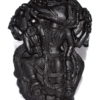
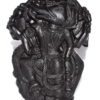
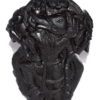
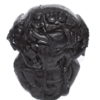
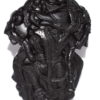
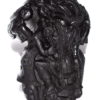
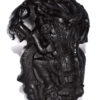
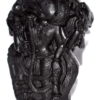
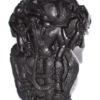
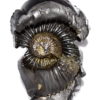
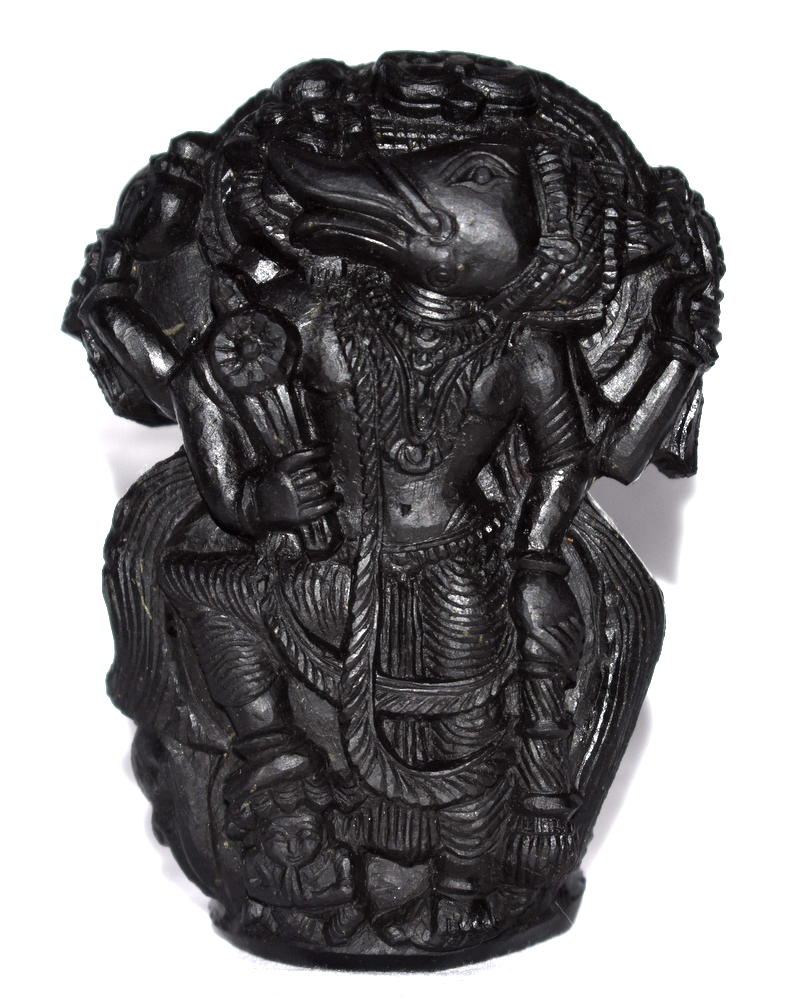
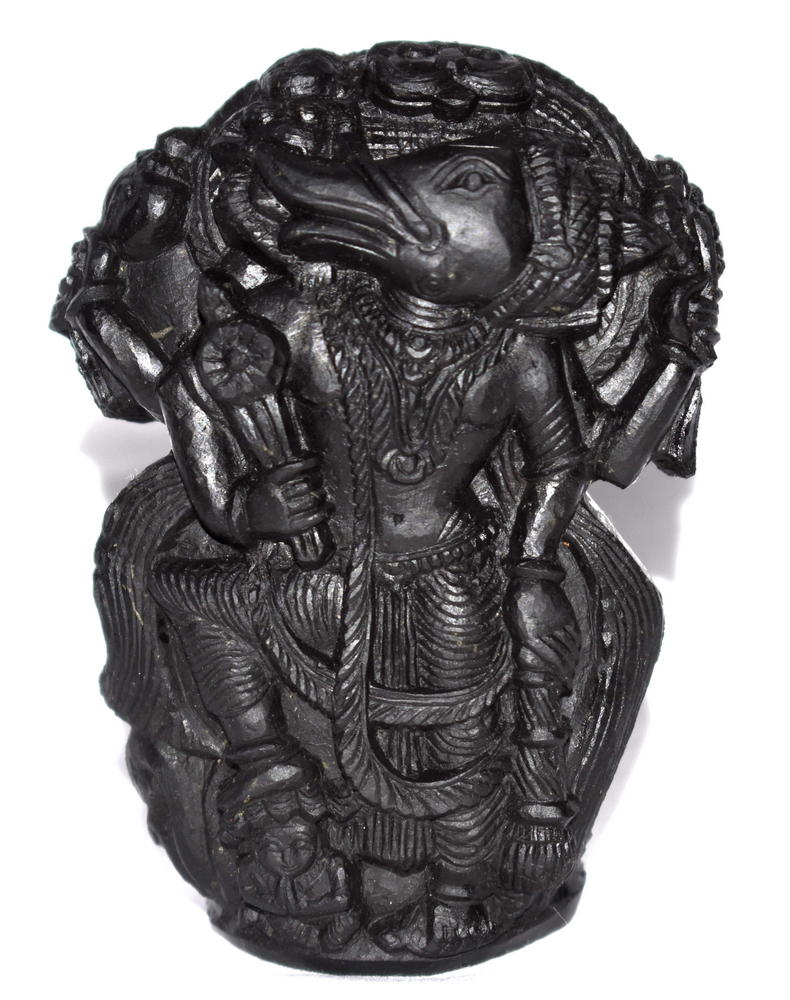
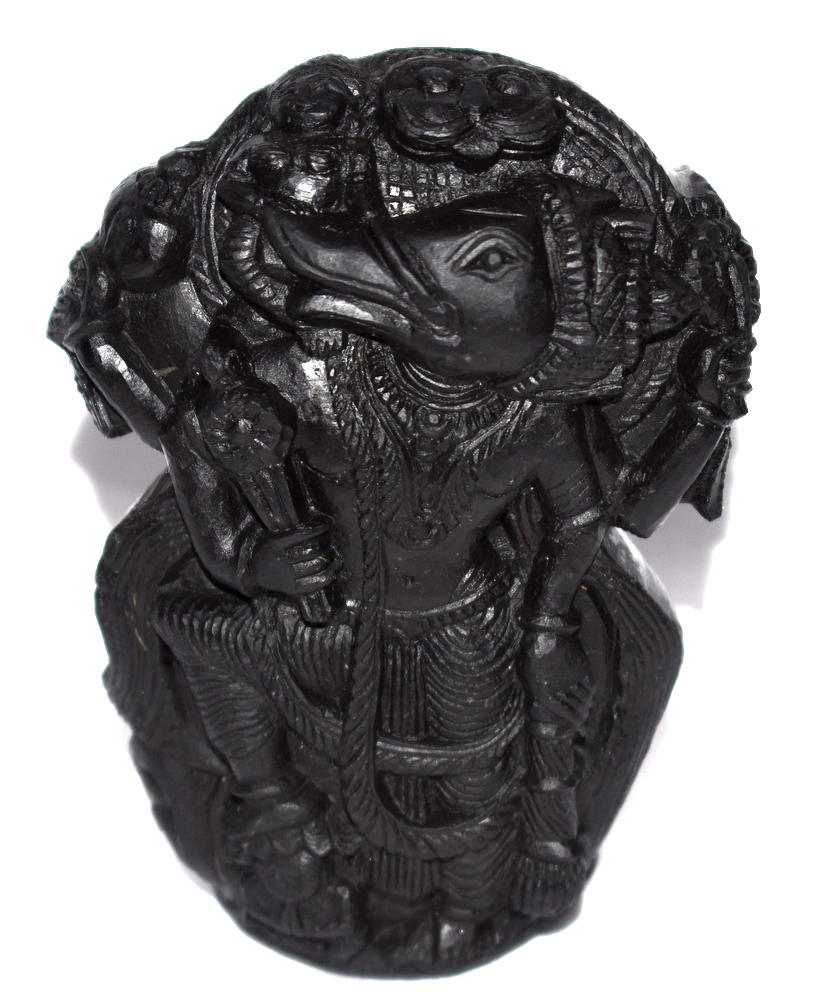

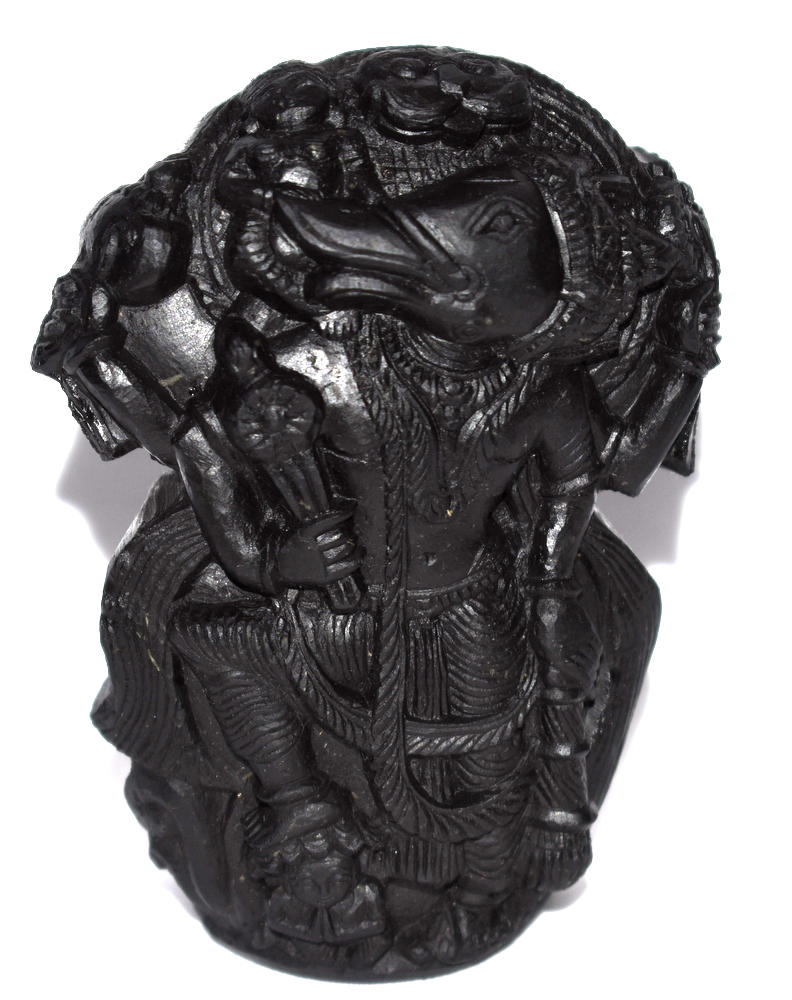

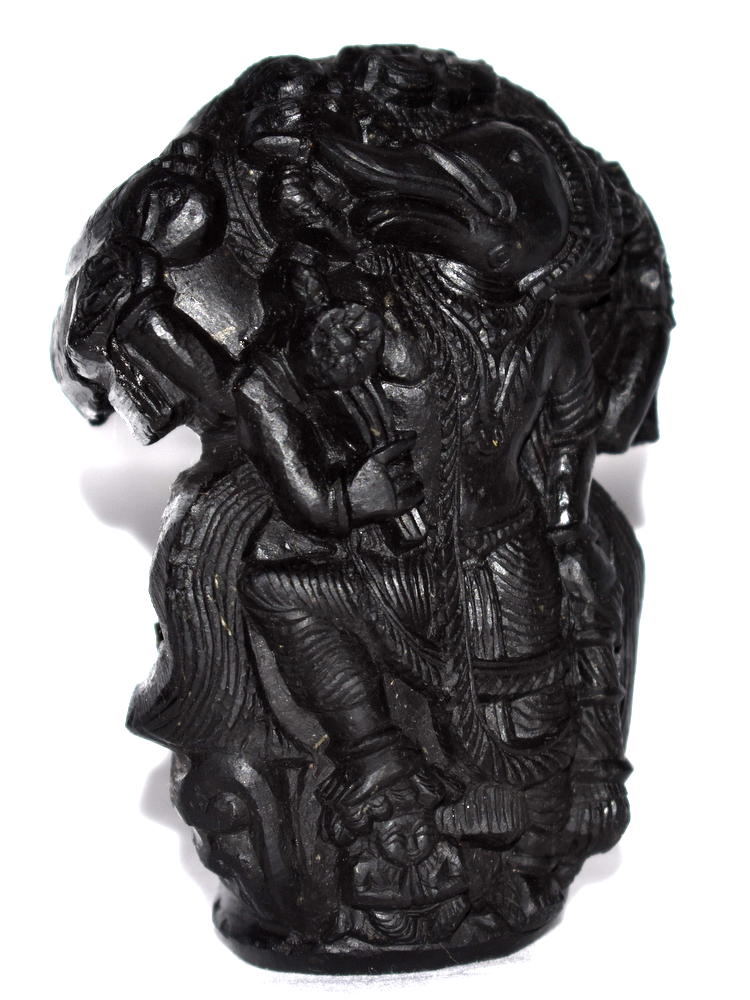
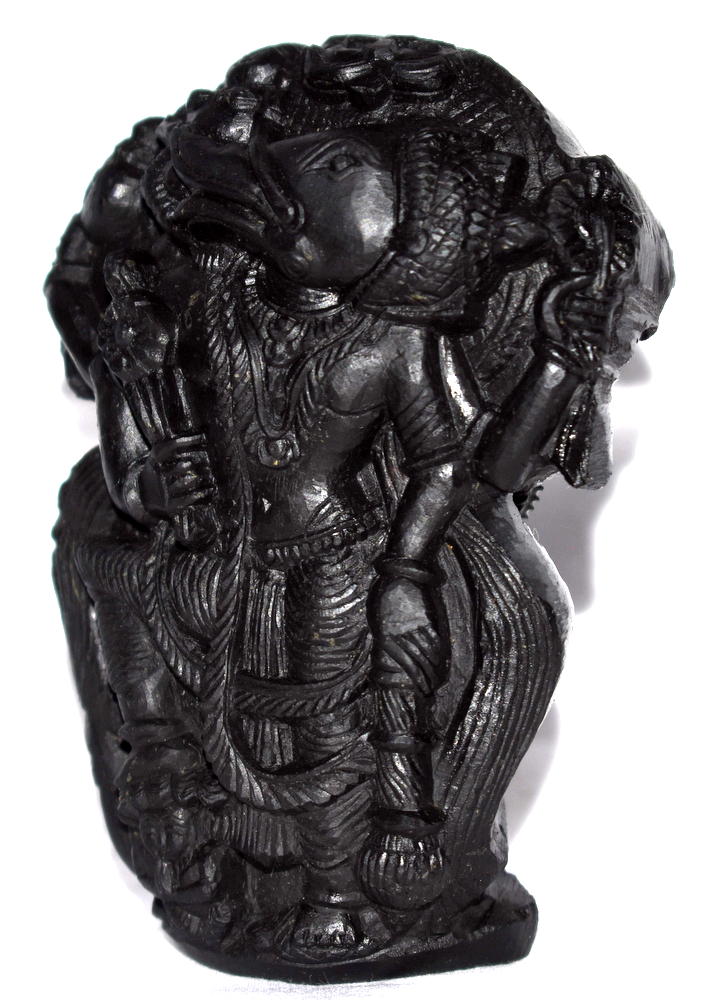


Reviews
There are no reviews yet.